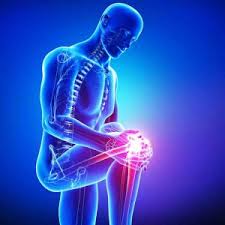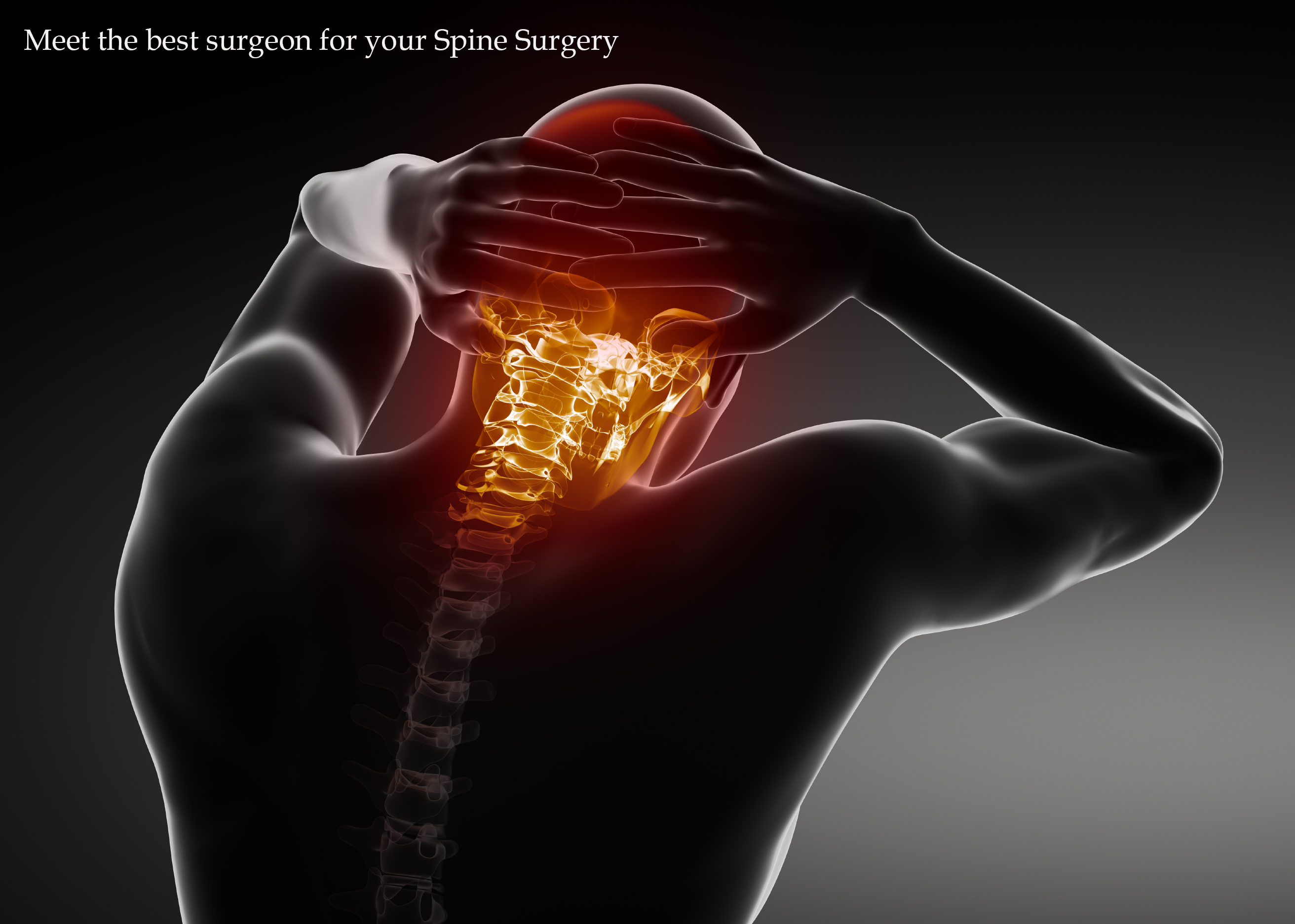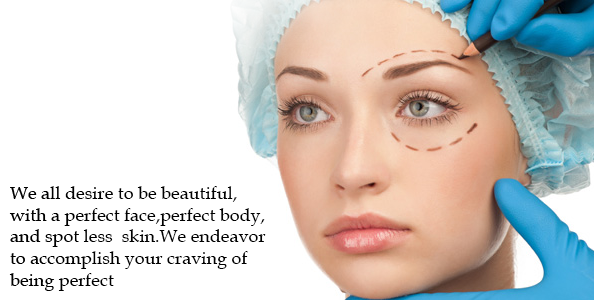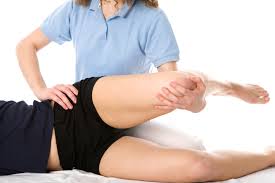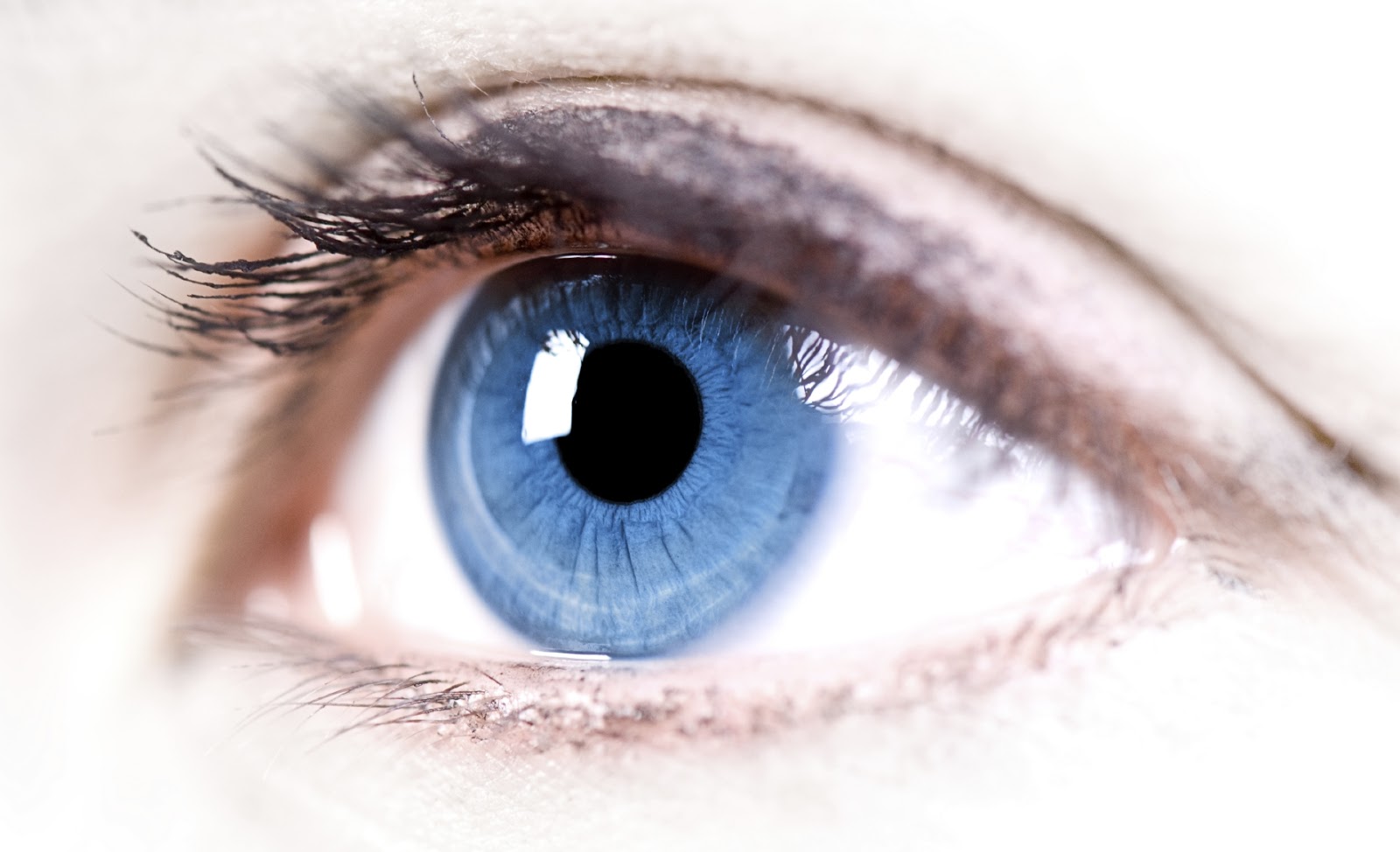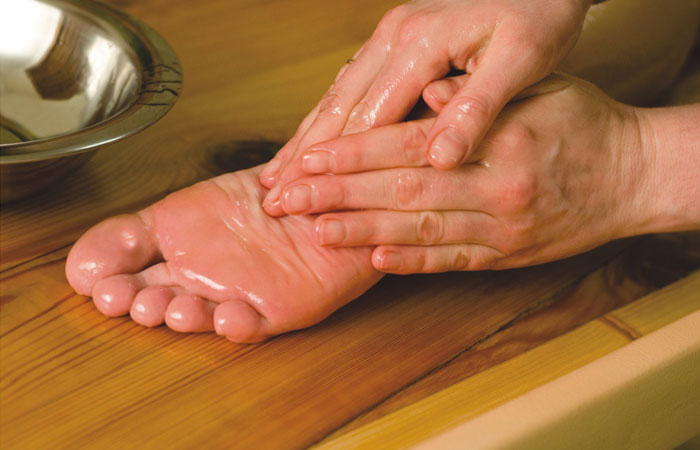Digestive system in the human body needs several important enzymes that break down the eaten foods into their basic ingredients. Similarly, when a specific type of enzyme called lysosomal acid lipase, that is essential for breaking fat in the foods are lacking in the digestive system, the fat turns into toxic chemicals harmful for the body, and then deposits in the cells and tissues. These fatty deposits contain oil, cholesterol and waxes, which create many adverse effects in the body including in several organs. This is when Acid Lipase Disease or Lysosomal Acid Lipase Deficiency occurs.
What is Acid Lipase Disease or Lysosomal Acid Lipase Deficiency?
Acid Lipase disease or Lysosomal acid lipase deficiency (LAL deficiency) occurs when the body doesn’t create enough lysosomal acid lipase enzymes. Infants, children, and adults are equally susceptible to this disease. Acid Lipase Disease or Lysosomal Acid Lipase Deficiency may cause a number of problems in the body as fatty materials are stored in the major organs like liver, spleen, blood vessels, etc.
Types of Acid Lipase Disease or Lysosomal Acid Lipase Deficiency
There are two categories of Acid Lipase Disease or Lysosomal Acid Lipase Deficiency known to the medical practitioners
- Wolman’s Disease: It is a rare genetic disorder in which the genetic mutations that causes Acid Lipase Disease or Lysosomal Acid Lipase Deficiency. The symptoms of this disease are generally apparent shortly after birth. Wolman’s disease is caused due to mutations in the LAL genes. This is inherited from the ancestors as an autosomal recessive trait.
- Cholesteryl Ester Storage Disease (CESD): It is also a rare genetic disorder in which the digestive system does not supply lysosomal acid lipase in sufficient quantities. In many patients, CESD is not detected till adulthood. This disease is also caused due to mutations in the LAL genes, which is inherited from the ancestors as an autosomal recessive trait.
Symptoms of Acid Lipase Disease or Lysosomal Acid Lipase Deficiency
To understand the symptoms of Acid Lipase Disease or Lysosomal Acid Lipase Deficiency, it is necessary to understand the symptoms of Wolman’s disease and Cholesteryl ester Storage Disease.
- Symptoms of Wolman’s Disease: The symptoms in this form of Acid Lipase Disease or Lysosomal Acid Lipase Deficiency are visible within a few days or weeks of birth. Affected infants may have the following symptoms:
- Bloating or swelling of the stomach.
- Significant enlargement of liver and spleen.
- Fibrosis of liver.
- Accumulation of fluid in the abdominal cavity.
- Persistent vomiting.
- Frequent diarrhea and fatty stools.
- Hardening of adrenal gland.
- Lack of coordination of muscles.
If not treated in time, the symptoms worsen further leading to liver dysfunction, lower levels of RBCs in the blood, and several other life threatening issues.
- Symptoms of Cholesteryl Ester Storage Disease: The symptoms of cholesteryl ester storage disease vary widely. Some patients develop symptoms of CESD in early childhood, and others may have few undetectable symptoms in childhood. The later cases remain undiagnosed till adulthood. Following are the major symptoms of CESD:
- Abnormal fat deposits in many organs.
- Fatty lever.
- Abnormal blood lipoprotein profile.
- Hepatomegaly leading to fibrosis of liver.
- Hardening of adrenal gland.
In Acid Lipase Disease or Lysosomal Acid Lipase Deficiency, the liver function gets severely damaged if not diagnosed or treated in time.
Epidemiology of Acid Lipase Disease or Lysosomal Acid Lipase Deficiency
Acid Lipase Disease or Lysosomal Acid Lipase Deficiency affects males and females alike. Till today, the disease is considered very rare one; however, the researchers think that perfect records are not available. Prevalence of CESD and Wolman’s disease is estimated at 1 in 40000.
Prognosis of Acid Lipase Disease or Lysosomal Acid Lipase Deficiency
It is necessary to understand the prognosis of acid lipase disease in its two different forms of the disease:
- Wolman’s Disease: This is a rare disease characterized by autosomal recessive disorder. It leads to diseases like jaundice, enlarged liver, anemia, problems in GI tract, etc.
- Cholesteryl Ester Storage Disease: This is exceptionally rare and often known as another form of Wolman’s disease. If remained undetected it may lead to jaundice, enlargement of liver, several disorders in circulatory system, and hardening of adrenal gland.
Causes of Acid Lipase Disease or Lysosomal Acid Lipase Deficiency
Acid Lipase Disease or Lysosomal Acid Lipase Deficiency is caused due to mutations in the LIPA gene. This gene contains specific instructions for producing lysosomal acid lipase enzyme. Due to mutations, the gene loses that genetic instruction and the digestive system does not get the enzyme to digest fat present in a food. Thus, the disease occurs.

Diagnosis of Acid Lipase Disease or Lysosomal Acid Lipase Deficiency
Diagnosis of Acid Lipase Disease or Lysosomal Acid Lipase Deficiency largely depends on the identification of characteristic symptoms. In newborn babies, Wolman’s disease is detected by observing and testing enlarged liver and different gastrointestinal problems. In adult people, CESD is initially suspected in the similar process. Later, the physician confirms the disease through clinical investigation, patient’s history, patient’s family history, and some specialized tests that detect the levels of lysosomal lipase acid in the body. For more confirmation, many doctors also undertake molecular genetic testing to detect mutations in the LIPA gene.
Treatment and Management of Acid Lipase Disease or Lysosomal Acid Lipase Deficiency
There is no one specific treatment for acid lipase disease. Certain drugs are given to support adrenal gland production. It is also essential that infants detected with Acid Lipase Disease or Lysosomal Acid Lipase Deficiency are fed intravenously. Doctors, often advise to follow certain diet chart and certain lifestyle to stay fit.
Several researches are still going on to develop newer and surer treatment procedures for Acid Lipase Disease or Lysosomal Acid Lipase Deficiency. Sebelipase alfa is now used to treat Acid Lipase Disease or Lysosomal Acid Lipase Deficiency. This is a recombinant form of lysosomal acid lipase enzyme. It is given once every week intravenously to the people having Acid Lipase Disease or Lysosomal Acid Lipase Deficiency at higher levels. For those patients with less severe case, it is administered once in every fortnight.
Gene therapy treatment for Acid Lipase Disease or Lysosomal Acid Lipase Deficiency is still underway with some significant development. In this process, the defective gene in a patient’s body is replaced by a normal gene to form the enzyme in the body.



